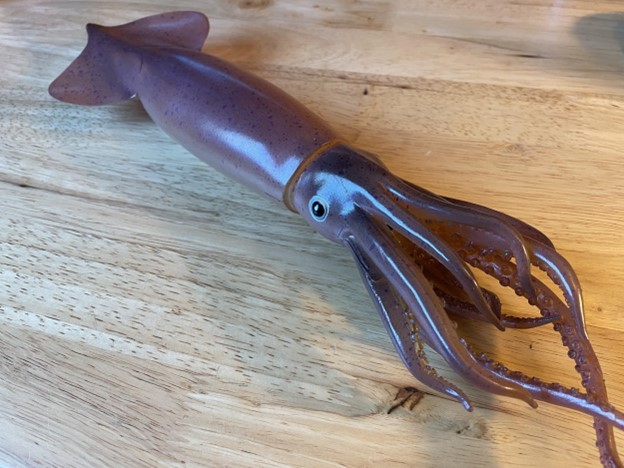
Review and images by Bruhmingo; edited by bmathison1972
Hello all, today I would like to share one of my favorite figures in my collection, the Nihon Auto Toy Japanese flying squid, (Todarodes pacificus). It has been difficult to find information on this model and the company producing it, but they seem to have been sold in Japanese crane games at arcades.
Read more
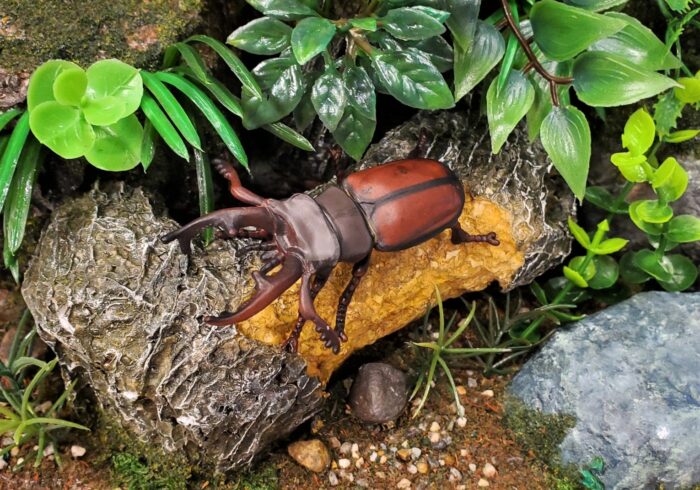
The European stag beetle, Lucanus cervus, is an iconic insect of the European hardwood forests. Unfortunately, its numbers dropped in the 20th Century due to modern forestry, which removed dead oak and beech trees required for larval development. The beetle gets its Latin epithet, cervus, and its common name ‘stag beetle’ after Cervus elaphus (red deer), as the mandibles of a major male are reminiscent of the antlers of a red deer stag.
Read more
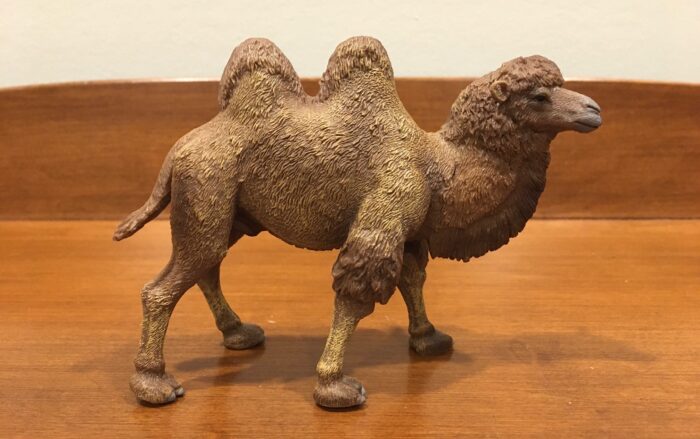
Review and images by Suspsy; edited by bmathison1972
The Bactrian camel (Camelus bactrianus) of Central Asia is the largest living member of the camelid family (although the dromedary is taller). An adult male averages around 600 kg (1323 lbs) in weight, but can achieve up to 1000 kg (2204 lbs).
Read more

The Hereford is a breed of cattle that originated in Herefordshire, England, in 1742. Originally used as a multi-purpose breed, Hereford cattle are now bred specifically for their meat. They can be easily identified by their mostly dark red body and white face. The Hereford is smaller than the similar Simmental cattle, and in general has less white spotting and tends to be darker red in color too.
Read more

Review and images by Bruhmingo; edited by bmathison1972
My passion as a collector is most geared towards replicas cast from real specimens, and AAA is perhaps the best known producer of such models. AAA is a rather mysterious company that produced many of our favorite cast replicas. While this means exemplary detail, it is often incredibly difficult to identify the species a figure is representing, usually due to mislabeling or an inaccurate paint scheme.
Read more
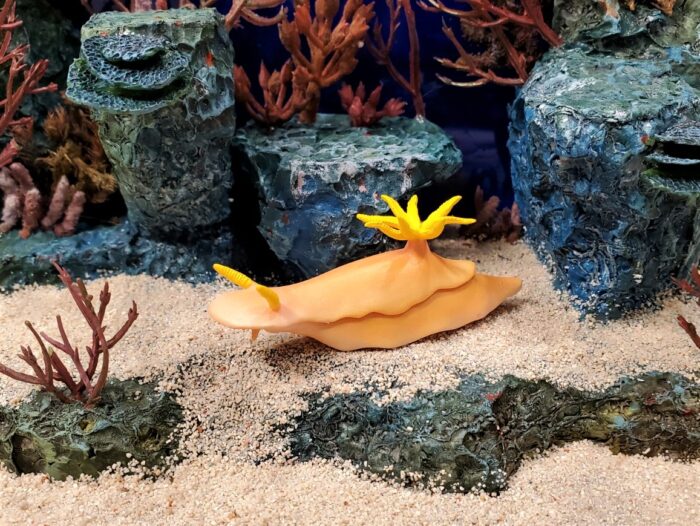
Bullock’s nudibranch (Hypselodoris bullockii) is a colorful and familiar sea slug from the Indo-Pacific region. They are benthic in nature and are often associated with coral reefs. It turns out, many historical records of H. bullockii are incorrect, due to morphologic confusion with other species in the bullockii-complex.
Read more

The primate order is an intriguing and diverse group, from monkeys to lemurs, and from great ape to human, they are varied in form. Here, we look at some old world monkeys, one that lacks the long tails and have only short ones. These are Mandrills (Mandrillus sphinx), primates that exist in both the forests and the Savanah of central-west Africa, living in large groups.
Read more

The bee hummingbird (Mellisuga helenae) is the world’s small extant bird, possibly the smallest bird ever known (but I am not up-to-date on the full extent of the avian fossil record). It is endemic to Cuba and its surrounding islands, especially the Zapata swamp in the eastern part of the island.
Read more

If you were told to close your eyes and picture a cow, chances are that the cow would be a Holstein. Holstein cattle are the classic black and white dairy cows, familiar the world over. Of the estimated 9 million dairy cattle in the United States alone, 90% of them are Holsteins or of Holstein decent.
Read more

Review and images by JimoAi; edited by bmathison1972
The leatherback sea turtle (Dermochelys coriacea) is a species of sea turtle and the sole member of Dermochelyidae family. It is the largest and heaviest reptile alive today that isn’t a crocodilian (disclaimer: while many snakes like reticulated pythons and anacondas are twice the length of these turtles, they are way lighter).
Read more
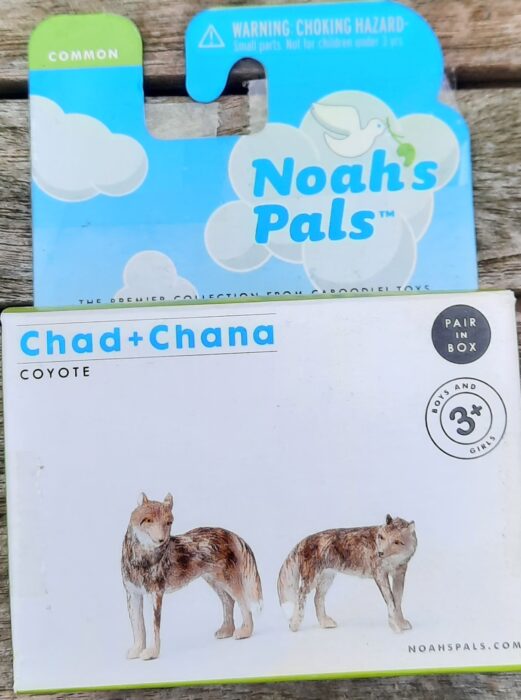
In previous reviews, I have looked at Noah’s Pals domestic dogs, the dalmatian and Labrador. Time I think to look at one of their wild species. Here we look at a North American species, smaller than wolves but just as accomplished: the Coyote (Canis latrans). Living in gregarious packs, they hunt the small rodents and other smaller herbivores of the region they live in, as there are several subspecies.
Read more

Easter is here, and whether you see it as a time of worship or to gorge on chocolate, it is a great time of year, celebrating birth and rebirth. This time of year is often associated with fertility, hence the eggs and, of course, rabbits that are seen around this time on shop shelves.
Read more















